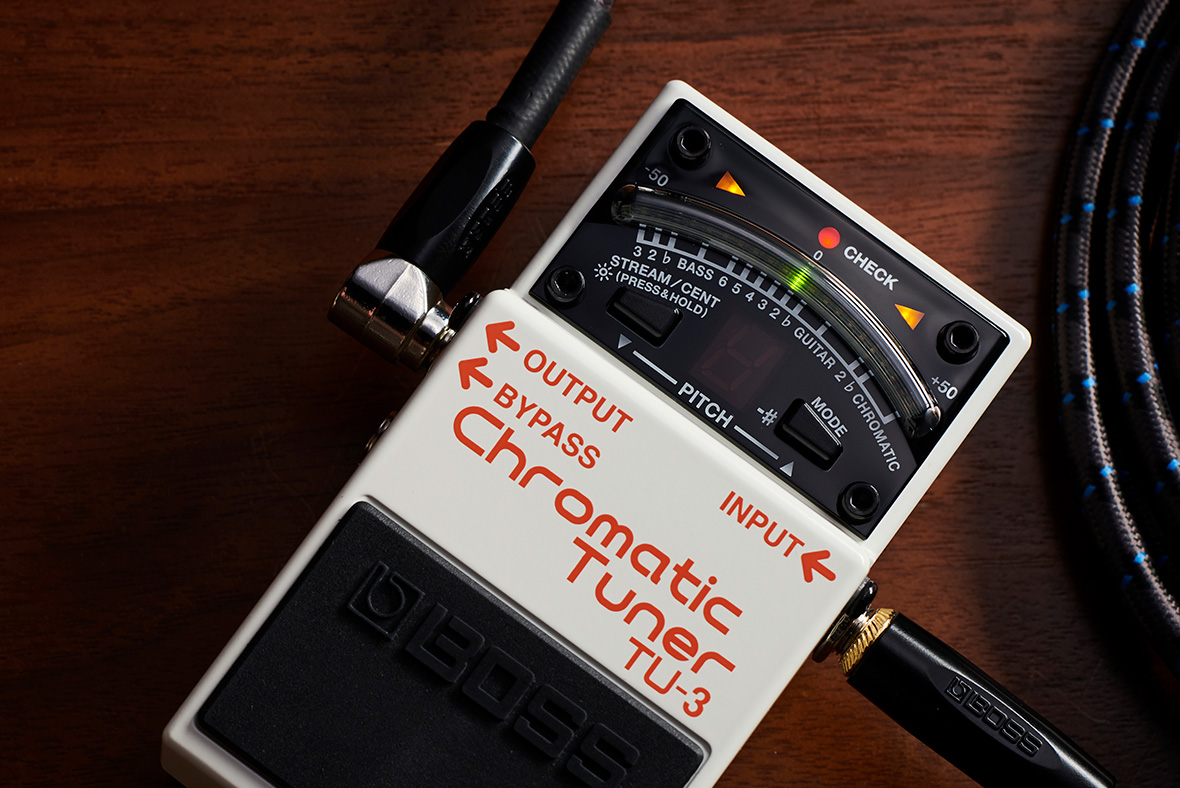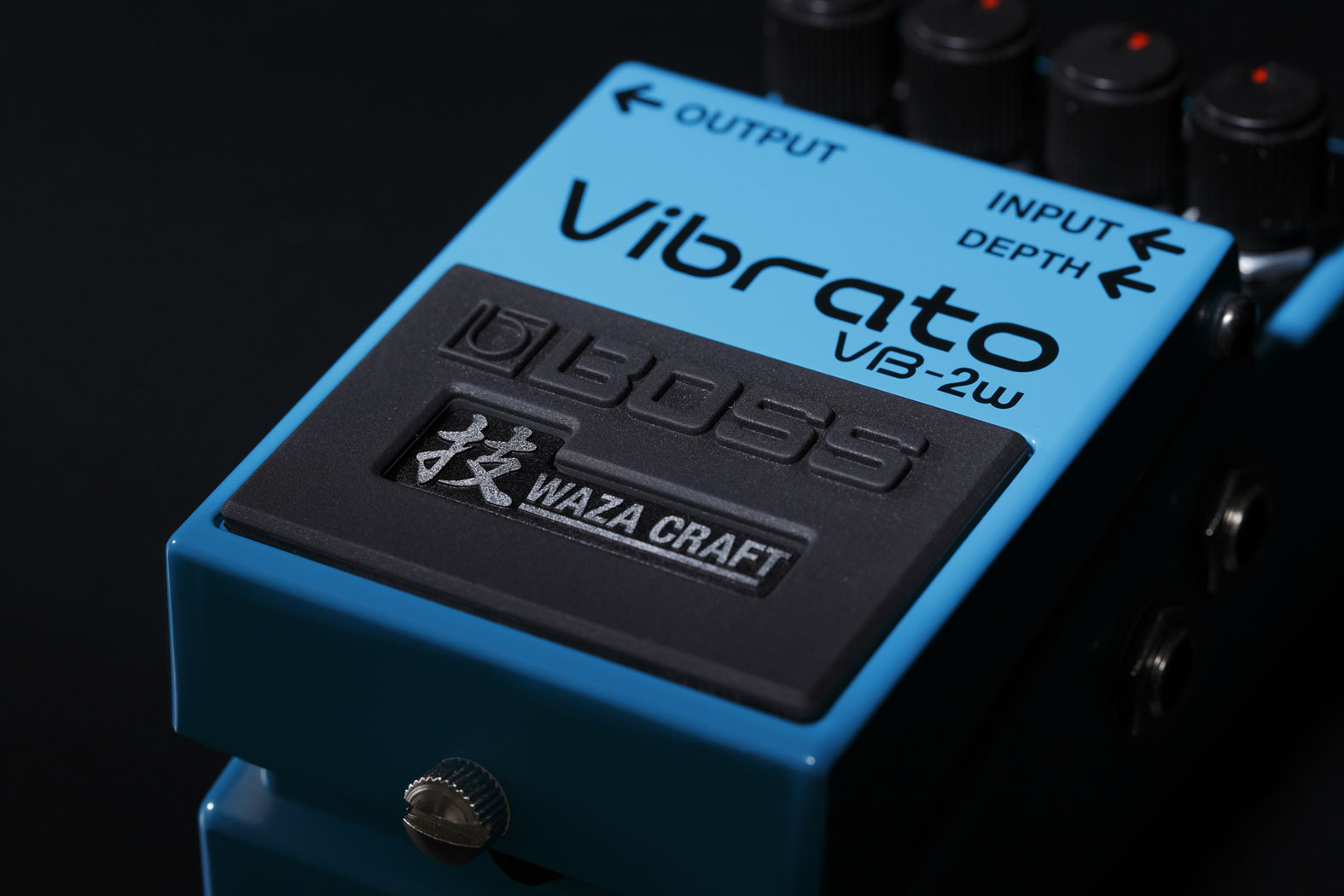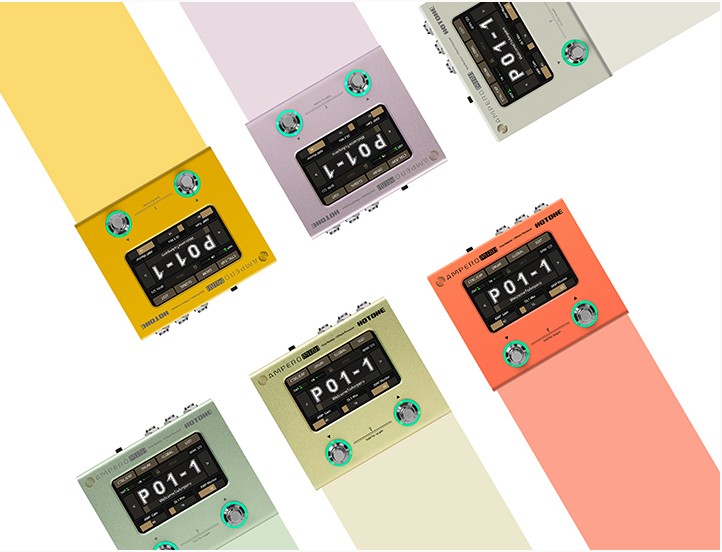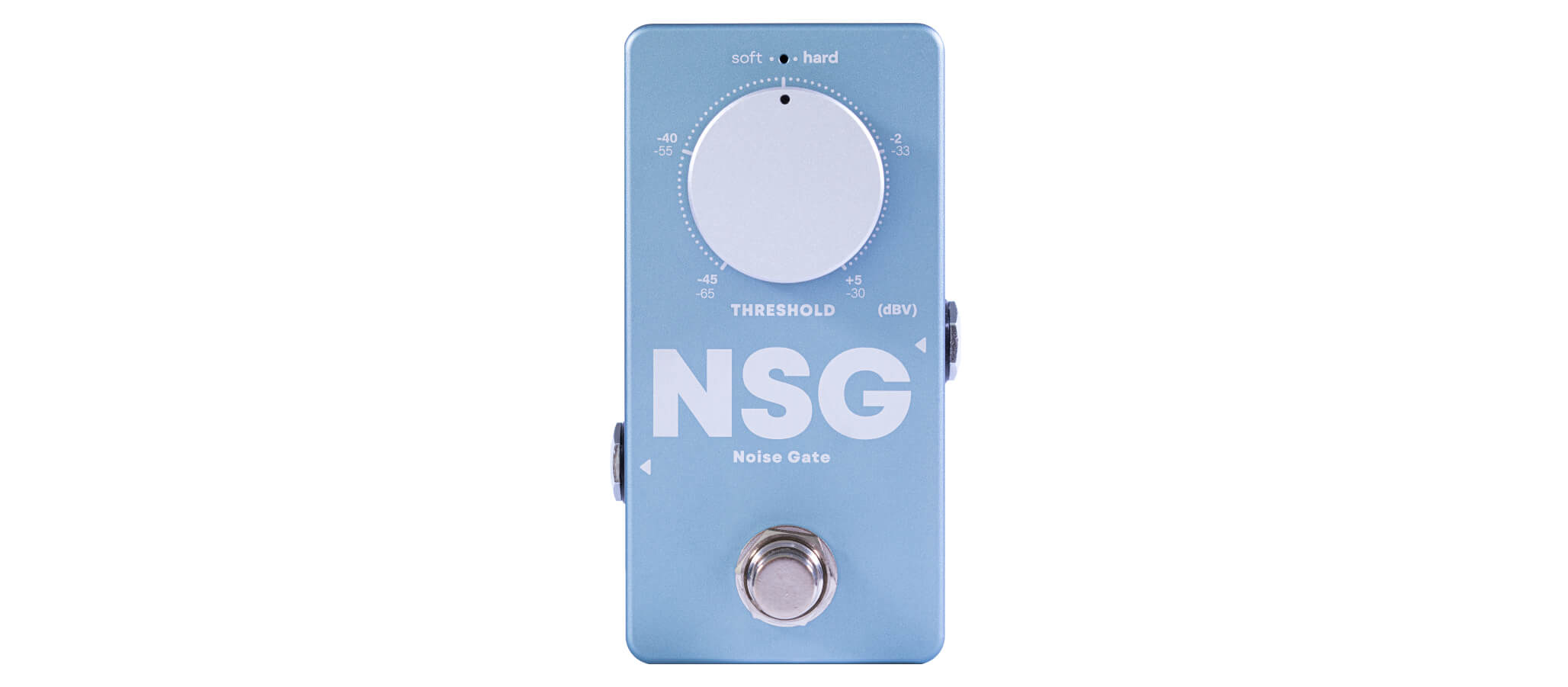A versatile, all-in-one amp modeler and effects processor for bass players on the go! In recent years, the trend of bass players scaling down their rigs has become more prominent. As air travel for gigs becomes increasingly common, musicians are seeking compact, durable, and high-quality gear that can meet their needs without taking up too much space. The Hotone Ampero Mini is one such piece of gear that addresses this demand. This amp modeler and effects processor manages to deliver impressive features in a portable package, making it an excellent option for bassists who need both power and portability. Disclaimer: This pedal was kindly provided by Hotone for the purpose of this review. However, this does not influence our opinions or the content of our reviews. We strive to provide honest, unbiased, and accurate assessments to ensure that our readers receive truthful and helpful information. A Tiny PowerhouseAt just 134mm x 120mm x 49mm and weighing only 529g, the Ampero Mini is incredibly compact, making it easy to transport and use in any setting. Despite its size, this device offers a broad range of capabilities. The control interface consists of two footswitches and a 4-inch touchscreen, and it also supports a companion app for PC and Mac users, ideal for those who prefer working with a larger display. Key Features and Performance CapabilitiesThe Ampero Mini is equipped with dual DSP chips, operating at 24-bit resolution, allowing for nine simultaneous effect blocks to be processed without compromising sound quality. This power enables 52 amp models, 50 cabinet simulations, and a massive selection of 199 effects, making it highly versatile for bass players who enjoy experimenting with their sound. Additionally, the device allows you to tweak the sound further with mic placement options or load your own impulse responses (IRs), offering an additional layer of customization. In addition to amp modeling and effects, the Ampero Mini includes a 100-second mono looper (or 50 seconds in stereo) and a drum machine with 100 built-in patterns, adding an extra dimension to both live performances and practice sessions. Connectivity: Full Functionality in a Small PackageThough it’s compact, the Ampero Mini doesn’t skimp on connectivity. It features: Tailored for Bass PlayersOne of the standout aspects of the Ampero Mini is its ability to meet the unique needs of bassists. Upon booting up, it provides nine preset patches specifically designed for bass, ranging from classic tones like an Ampeg-style rig with an 8×10 cab to a more niche slap preset with a fast compressor and 4×10 cab. Whether you’re chasing the warmth of a classic B15 or something more aggressive, the Ampero Mini provides plenty of options right out of the box. For bass players who like to dial in their own sounds, the unit excels with its extensive selection of distortion, octaver, and filter effects. The distortion section, in particular, is worth noting for its ability to retain the low-end while adding grit—critical for bass players. Other effects like chorus, vibrato, and bit crusher also offer plenty of creative possibilities, making it easy to experiment with different sound textures. Operational Overview: Limitations and StrengthsWhile the Ampero Mini offers an impressive range of features, there are a few constraints worth noting. One limitation is the restriction to nine simultaneous effect blocks, which include: 3 Effects (modulation, distortion, filters, etc.)1 Amp model (with five dedicated bass amps)1 Noise Gate1 Cabinet simulation1 EQ1 Delay1 Reverb While this setup allows for a wide variety of sounds, it is not as flexible as larger devices that can handle more simultaneous blocks. For example, the fuzz options are limited to just three models, and the delay and reverb effects, while decent, may not satisfy users who need extensive control over these parameters. Additionally, the pitch effects can sometimes produce digital artifacts, especially when pushed to extreme settings. Nonetheless, the Ampero Mini excels as a multi-purpose device. It can easily function as a practice tool, a live gigging solution, or a recording interface without requiring any additional gear. For those in need of a compact, portable setup, this versatility is a major selling point. Pros and Cons: An Objective Look Pros:– Compact and Tough: The small size and robust build make the Ampero Mini a great option for musicians who are always on the move.– All-in-One Functionality: This device serves multiple purposes, from practice sessions to live performances, without requiring additional equipment.– Bass-Centric: The inclusion of bass-specific presets and amp models makes the Ampero Mini a great choice for bass players looking for tailored sounds.– High-Quality Sound: Thanks to its dual DSP chips and 24-bit resolution, the Ampero Mini delivers clear and precise audio with little to no noticeable distortion. Cons:– Touchscreen Reliance: While the touchscreen interface is functional, it may not be intuitive for all users, especially those who prefer physical knobs and buttons. The companion app can help, but it requires a PC or Mac.– Limited Footswitches: With only two footswitches, controlling this unit in stompbox mode can feel restrictive, although it works well in preset mode for quick changes.– No Power Switch: The Ampero Mini powers on automatically when plugged in, which can be an inconvenience for users who want to control when the unit turns on or off. Final Thoughts: A Compact Solution for Bass PlayersFor bass players who need a reliable, high-quality, and portable piece of gear, the Hotone Ampero Mini offers an excellent solution. Its compact size doesn’t mean it skimps on performance, delivering robust amp modeling, effects, and additional features like a looper and drum machine. While it has some limitations, particularly with DSP and the touchscreen interface, its versatility makes it a strong contender for any bassist looking to simplify their rig without sacrificing quality. Whether you’re on tour or just need a practice solution, the Ampero Mini is worth considering.




